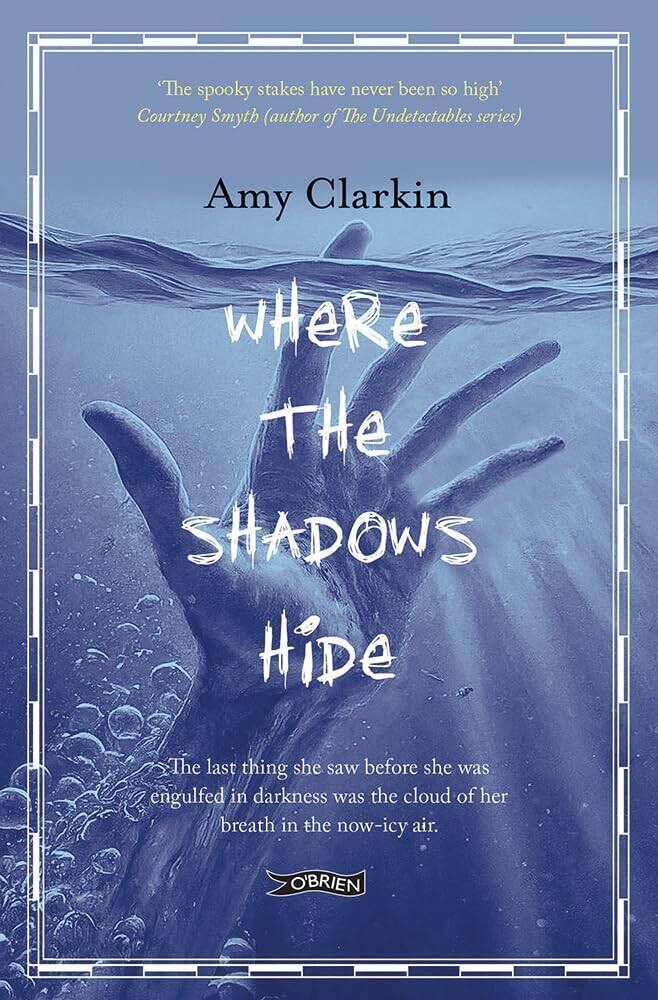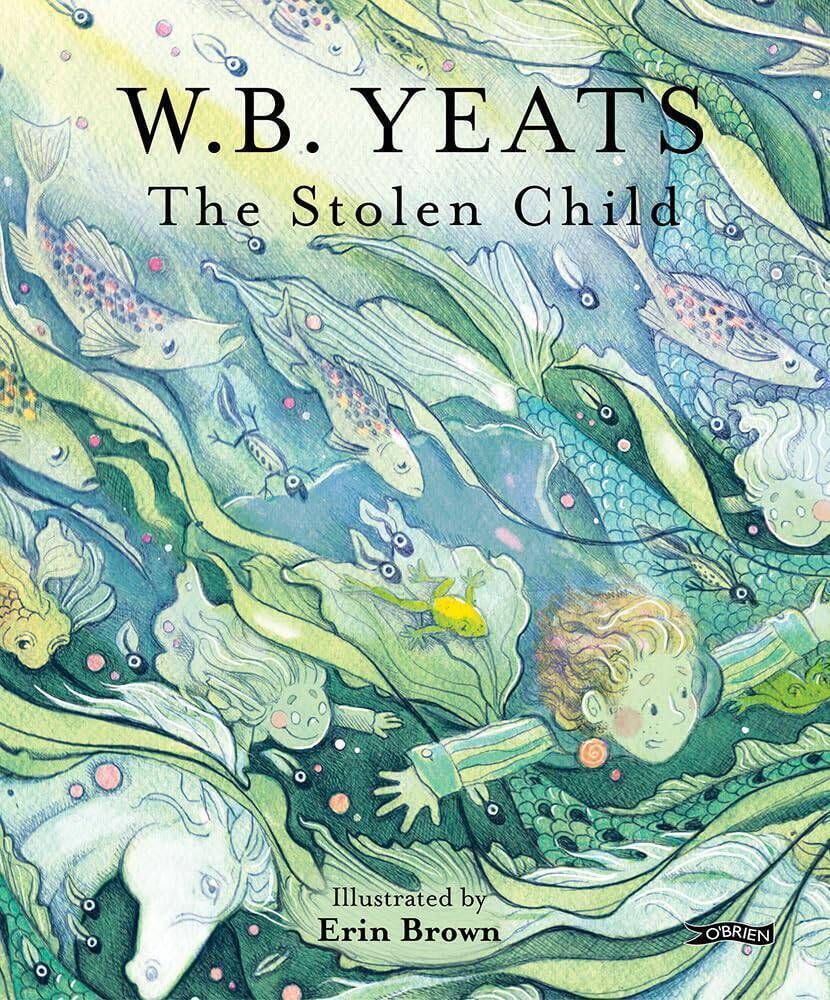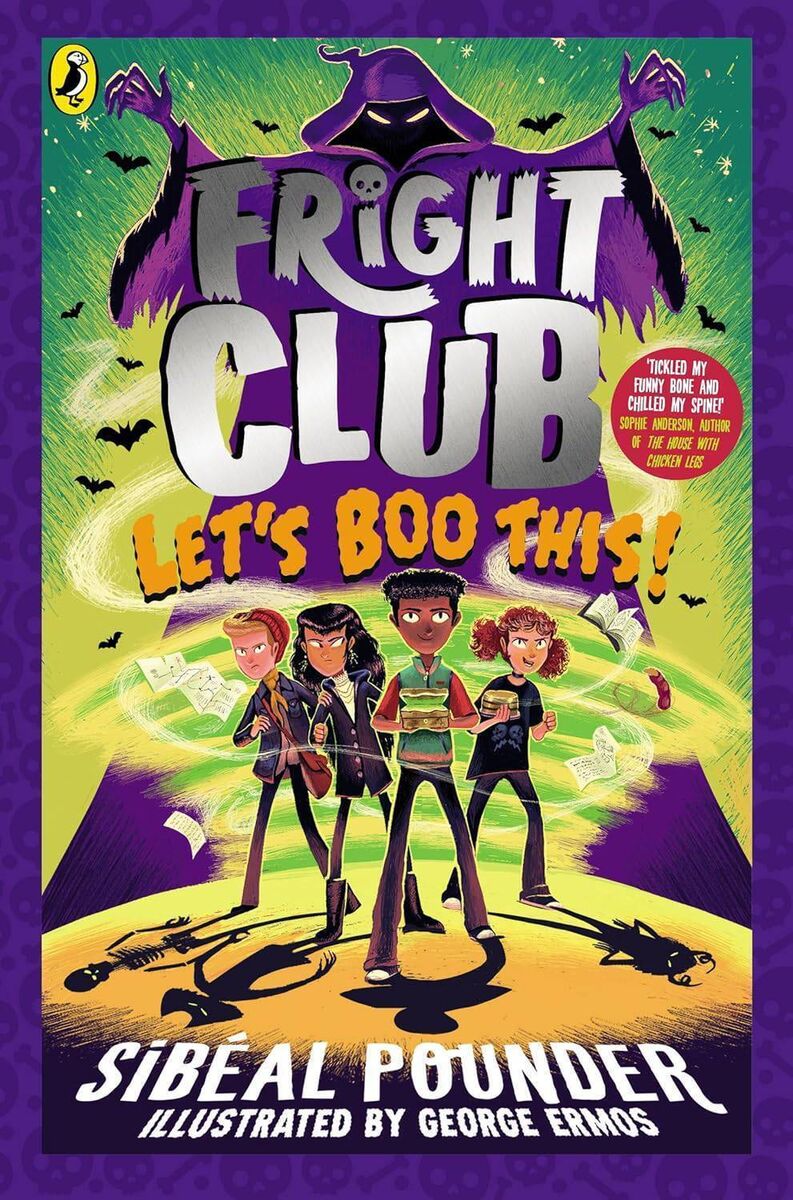Children's books review: Things that go bump in the night on an opulent cruise liner

Amy Clarkin: A ghost story with plenty of bite, ‘Where the Shadows Hide’s paranormal plotline is sufficiently strong to prevent it being submerged under the weight of emotions, including trust and betrayal, examined via its young adult protagonists. Picture: City Headshots

Within hours of their arrival, things start going bump in the night, with an unsuspecting passenger being pushed to the ground by an invisible force.
“The lights began to flicker. The two furthest away from her, on either side at the far end of the corridor, went first. They both flickered briefly in unison before extinguishing.
“Then the next pair followed suit. And the next. And the next… Advancing towards her. Slowly plunging her into darkness.


BOOKS & MORE
Check out our Books Hub where you will find the latest news, reviews, features, opinions and analysis on all things books from the Irish Examiner's team of specialist writers, columnists and contributors.






